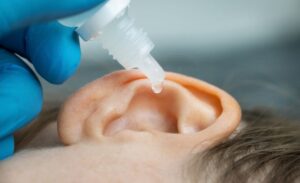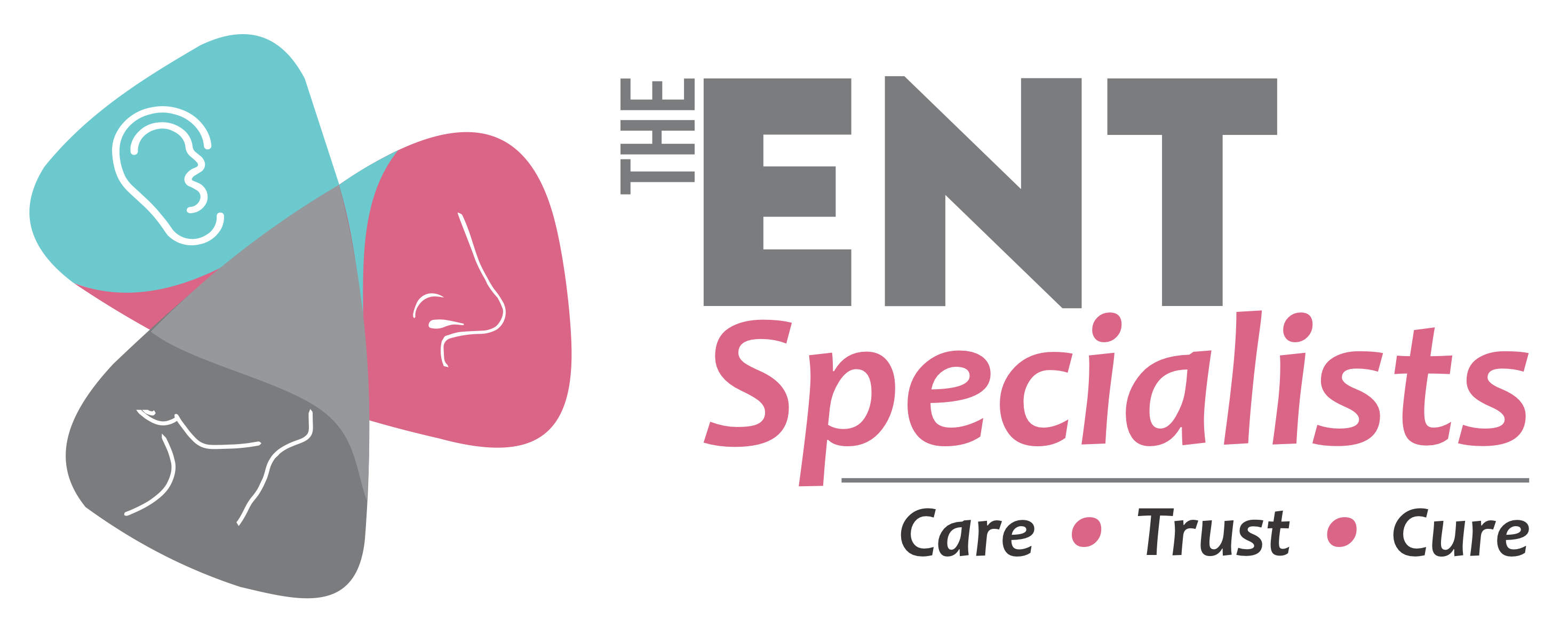Demystifying ear wax : Insights from an ENT Surgeon
As an Ear, Nose, and Throat (ENT) surgeon, I often encounter patients who are concerned about the buildup of ear wax and its impact on their hearing and overall ear health. Ear wax, also known as cerumen, is a natural substance produced by the glands in the ear canal. It serves as a protective barrier against dust, debris, and harmful bacteria, preventing them from reaching the delicate structures of the middle and inner ear. However, excessive or impacted ear wax can cause discomfort, hearing loss, and other symptoms that may require professional removal.
Let’s dive into the topic of ear wax removal from the perspective of an ENT surgeon, addressing common misconceptions and shedding light on best practices.
Myth #1: Q-Tips are the Best Tool for Ear Wax Removal
One of the most prevalent misconceptions about ear wax removal is that using cotton swabs or Q-tips is an effective method. In reality, inserting anything into the ear canal can do more harm than good. Q-tips often push the ear wax further down the ear canal, potentially leading to impaction or damage to the ear canal or eardrum. It can also cause micro-abrasions, increasing the risk of infection. Therefore, it is crucial to avoid inserting Q-tips or any other objects into the ear canal to remove ear wax.

Myth #2: Over-the-Counter Ear Drops are Always Safe and Effective
Many over-the-counter ear drops claim to soften or dissolve ear wax, making it easier to remove. While some of these drops can be helpful in certain cases, it is important to use them with caution and follow the instructions carefully. Some ear drops may contain harsh chemicals that can cause skin irritation or allergic reactions, making the condition worse. Additionally, not all ear drops are effective in removing impacted ear wax. It is always best to consult with an ENT specialist before using any over-the-counter ear drops for ear wax removal.

Best Practice #1: Seek Professional Evaluation by an ENT Specialist
If you are experiencing symptoms such as ear pain, hearing loss, tinnitus (ringing in the ears), dizziness, or a feeling of fullness in the ear, it is crucial to seek professional evaluation by an ENT specialist. An ENT specialist will perform a thorough examination of your ears using specialized instruments and may also conduct hearing tests to determine the extent of the ear wax buildup and assess any potential damage to the ear canal or eardrum. Based on the evaluation, the ENT specialist will recommend the most appropriate treatment plan tailored to your specific needs.
Best Practice #2: Safe and Effective Ear Wax Removal Techniques
As an ENT surgeon, I employ safe and effective ear wax removal techniques to ensure optimal patient outcomes. These may include:
- Irrigation: This involves using a gentle stream of warm water to flush out the ear wax from the ear canal. It is typically done using specialized equipment and requires professional expertise to avoid damaging the ear canal or eardrum.
- Manual Removal: In some cases, an ENT specialist may use specialized instruments, such as curettes or suction devices, to manually remove the impacted ear wax. This technique requires precision and should only be performed by a trained professional.
- Microsuction: This is a safe and gentle method that uses a specialized device to suction out the ear wax without the need for water or irrigation. It is especially useful for patients with a history of ear infections, perforated eardrums, or other ear conditions.
- Ear Wax Softening: In certain cases, an ENT specialist may prescribe or recommend the use of specific ear drops to soften the ear wax before removal. These drops are typically safe and effective when used as directed by a healthcare professional.


